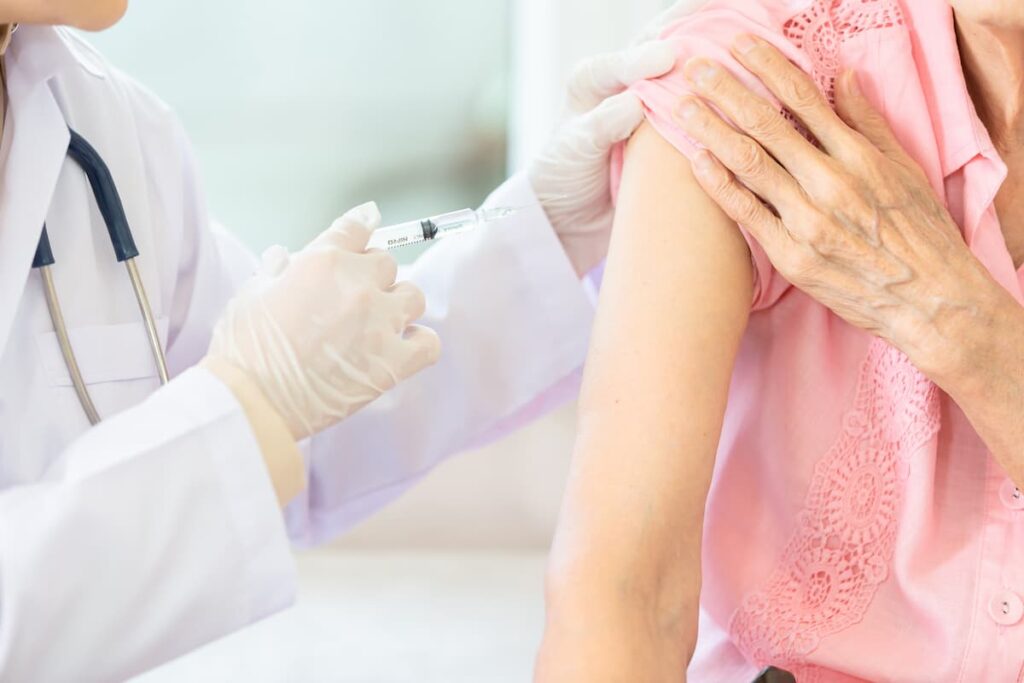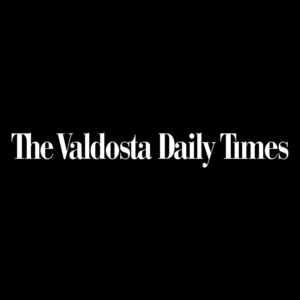
Patients undergoing cancer treatment at Cairns Hospital in Australia show a willingness to receive vaccinations from pharmacists, despite low current uptake rates for pneumococcal and influenza vaccines. A recent survey published in the Journal of Oncology Pharmacy Practice highlights both the confidence patients have in pharmacist-administered vaccinations and the urgent need for improved vaccination programs within oncology settings.
Patients with cancer face unique health risks due to the immunosuppressive effects of their treatments. Research indicates that these patients have significantly higher mortality rates from respiratory illnesses, including influenza and pneumonia, compared to the general population. Specifically, individuals with immune deficiencies tied to cancer experience rates of invasive pneumococcal disease (IPD) as high as 503 cases per 100,000, compared to just 8.8 cases per 100,000 in the wider population.
The study, which collected responses from 107 adult patients aged 18 and older who were receiving or had received systemic anti-cancer treatment, assessed their beliefs and perceptions regarding vaccinations. The results revealed that only 22.4% of participants had received a pneumococcal vaccine in the last five years, while 55.1% had been vaccinated against influenza in the past year. Despite these low numbers, a significant majority of patients—69.2%—expressed a willingness to receive vaccinations, indicating a gap between their confidence and actual vaccination rates.
Pharmacists’ Role in Vaccination Uptake
The survey also explored patients’ views on pharmacist involvement in vaccination services. While only 55.1% of respondents indicated they would accept a vaccination recommendation from a pharmacist, a remarkable 86% stated they would be open to receiving at least one vaccine from a pharmacist. Moreover, 61.7% expressed readiness to accept all vaccines administered by pharmacists during their cancer treatment.
These findings suggest that pharmacists could play a crucial role in improving vaccination rates among oncology patients. The authors of the study emphasized that the low vaccination rates observed in this cohort stand in stark contrast to the general population, where perceived susceptibility often correlates positively with vaccine uptake. Interestingly, patients who recognized a higher perceived risk of pneumococcal disease were more inclined to accept pharmacist-administered vaccines.
The study marks a significant step in understanding patient perspectives on pharmacist involvement in vaccination, particularly in oncology units. The authors recommend expanding further research to uncover the underlying reasons influencing vaccination behavior among cancer patients.
Encouraging Future Vaccination Initiatives
The authors concluded, “A pharmacist-led vaccination service within outpatient oncology units may be a promising strategy to improve vaccination rates in this vulnerable patient cohort.” Given the majority of patients expressed a willingness to receive vaccines from pharmacists, there is a clear opportunity to enhance public health outcomes through targeted vaccination initiatives in oncology settings.
As healthcare providers seek to address the immunization gap for patients with cancer, leveraging the accessible and trusted role of pharmacists may lead to increased vaccination rates, ultimately protecting this high-risk population from preventable diseases. Further research is critical to explore the specific barriers and facilitators to vaccination among oncology patients, paving the way for more effective health interventions in the future.






